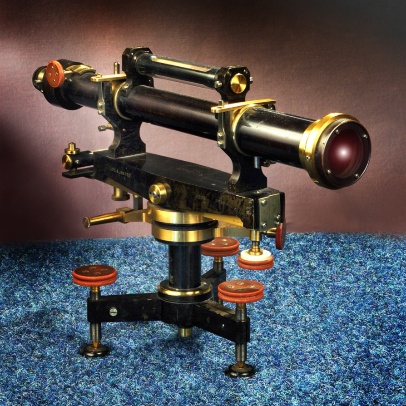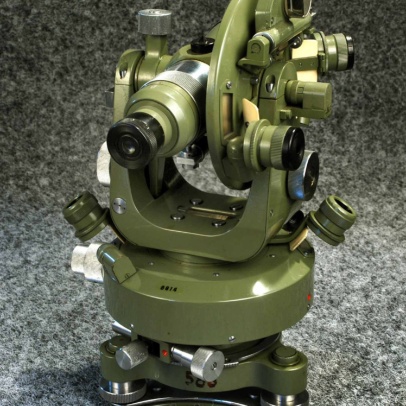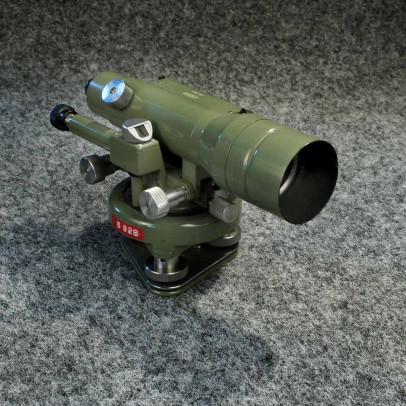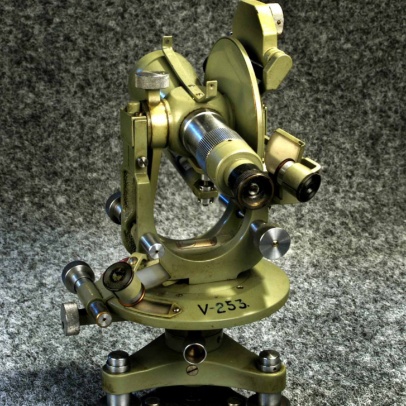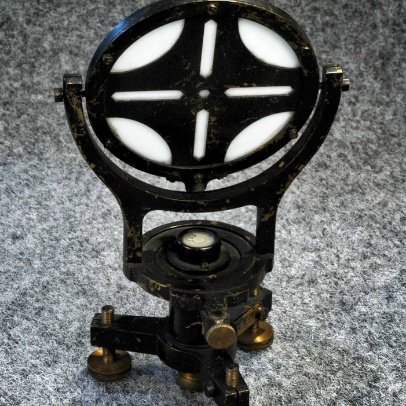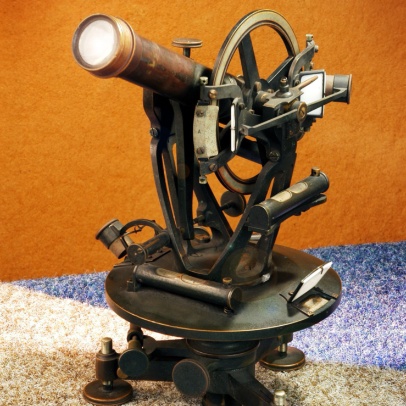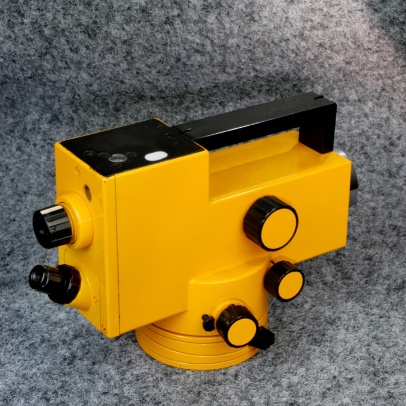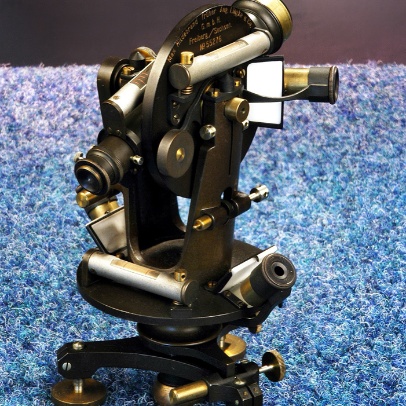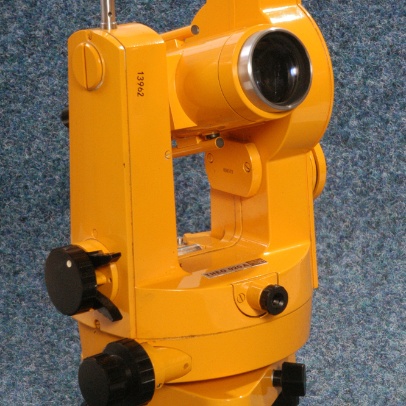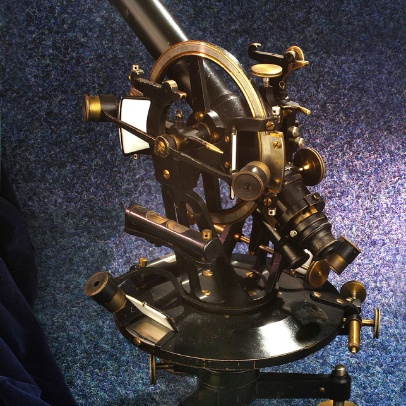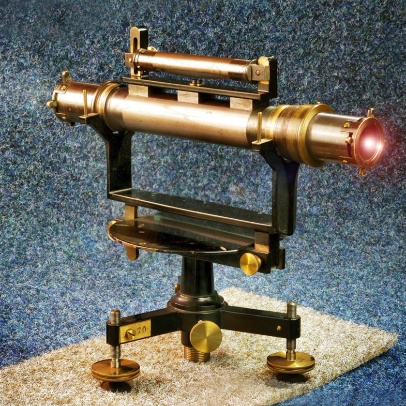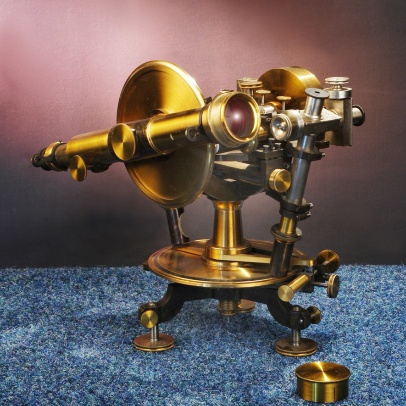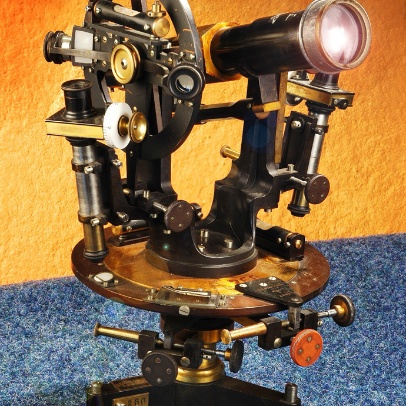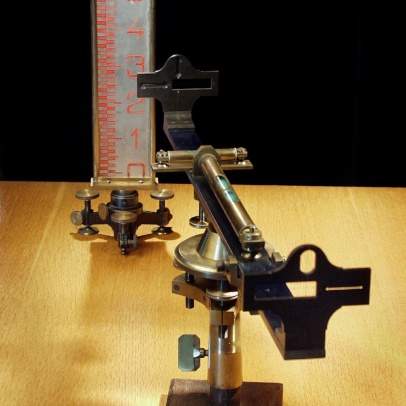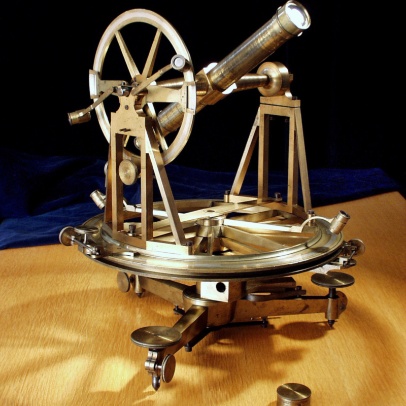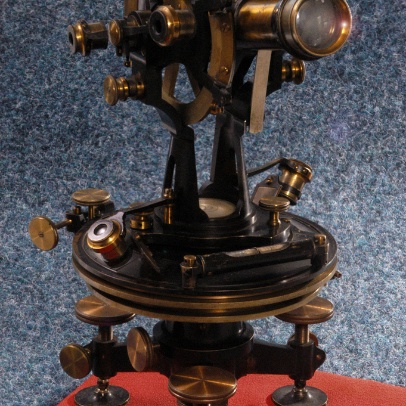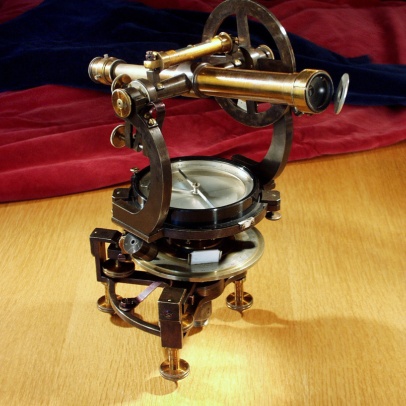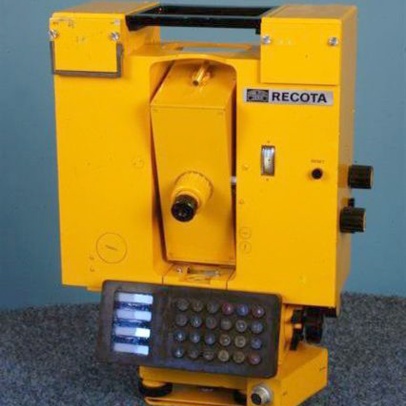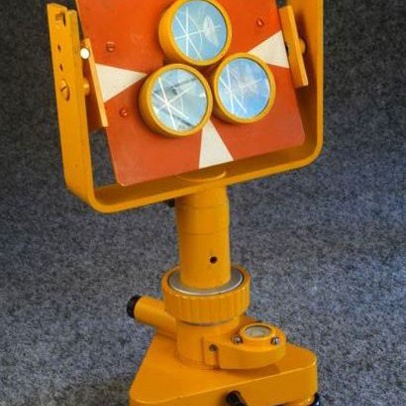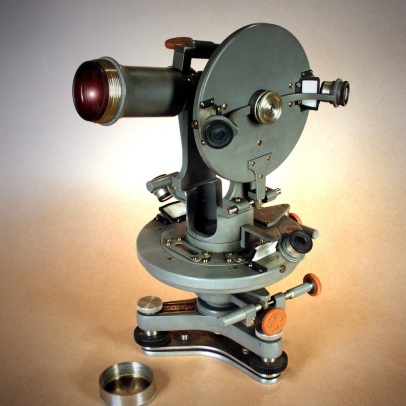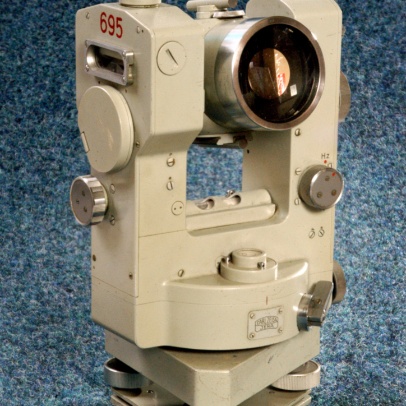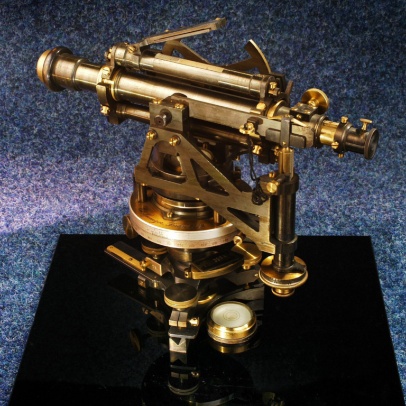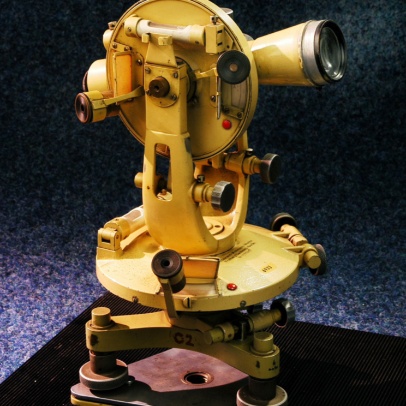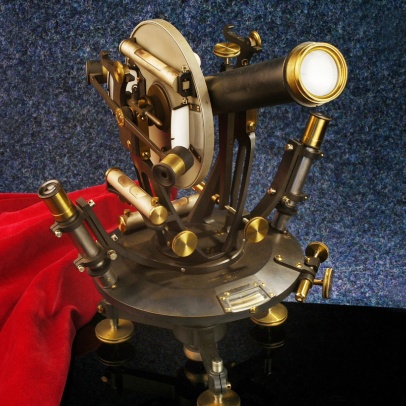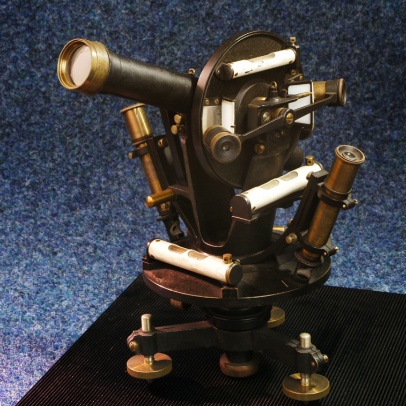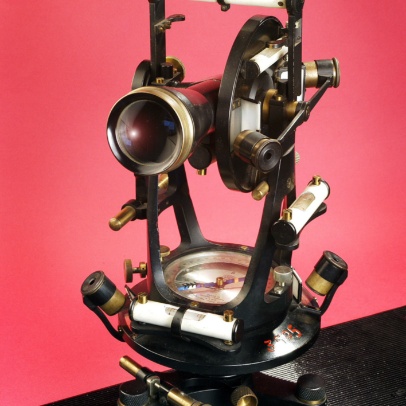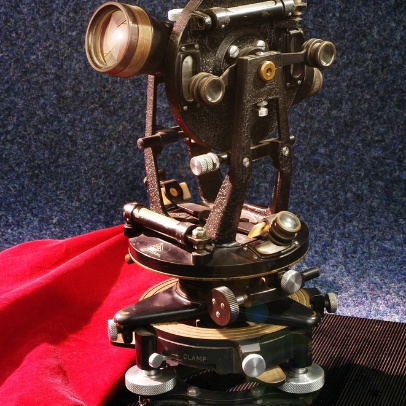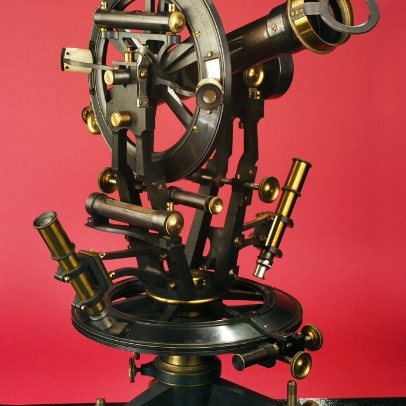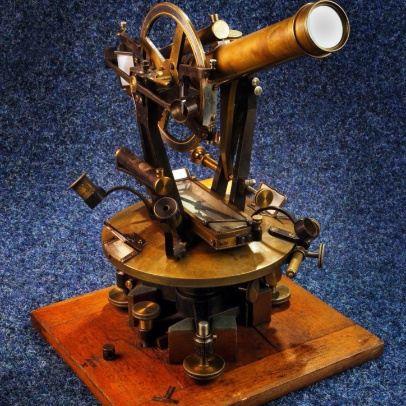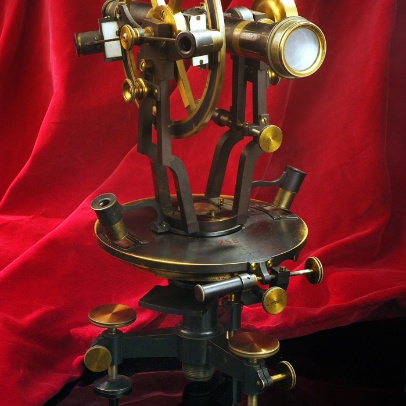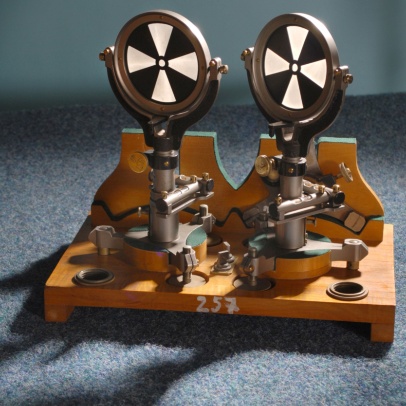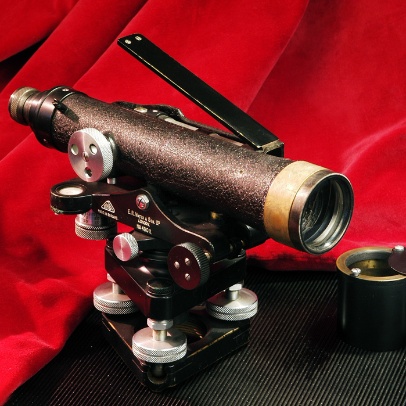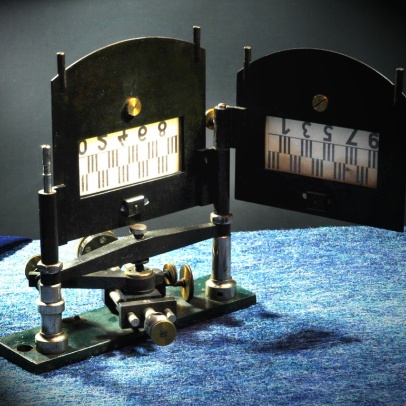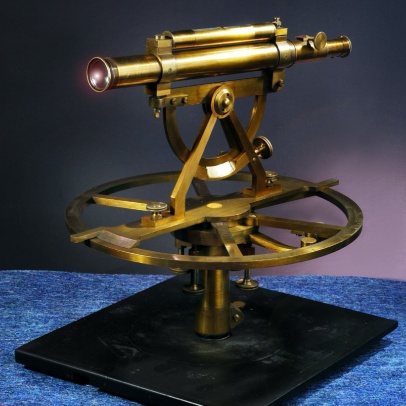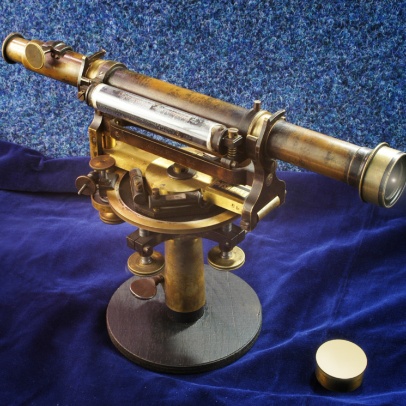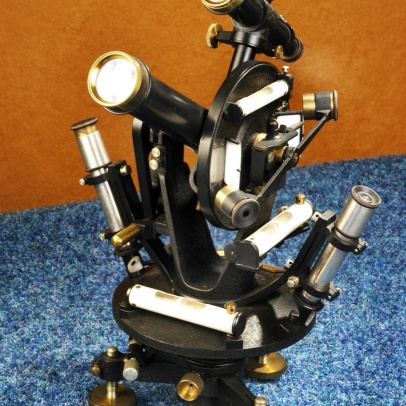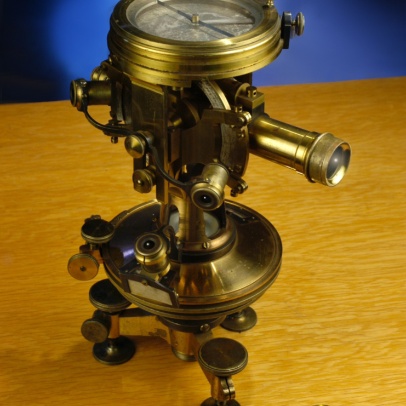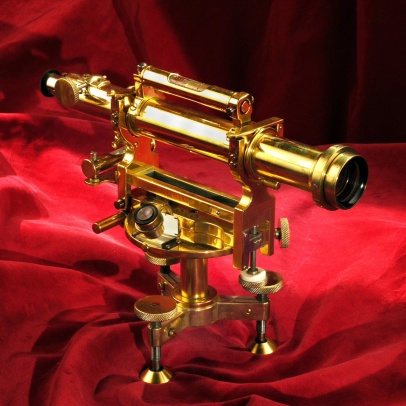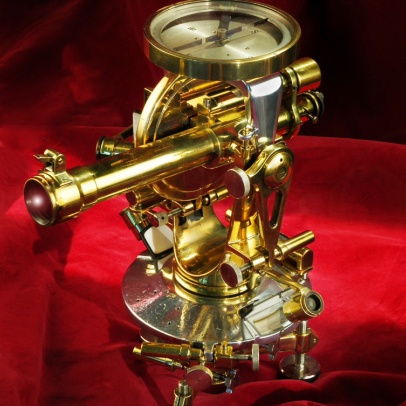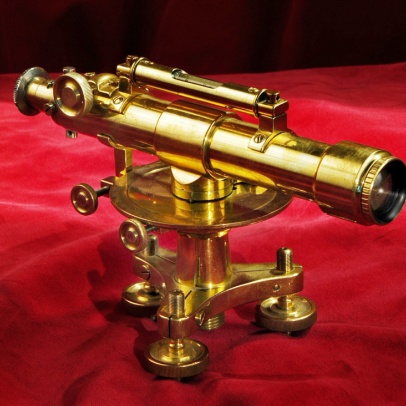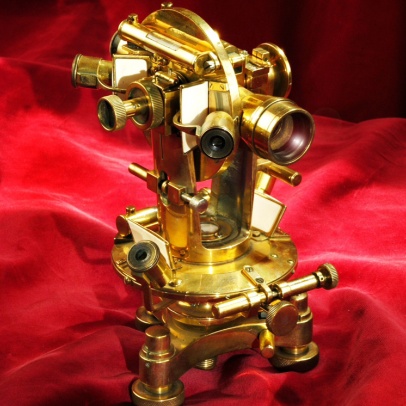prof. Ing. Dr. mont. František Čechura, DrSc.
(1887–1974)
František Čechura was born on May 7, 1887 in Skvrňany near Pilsen (today a district of Pilsen). He originally wanted to study mathematics and physics at the University of Prague, but for existential reasons, he started studying at the University of Mining in Příbram. In 1908 he passed the first and in 1910 the second state exam in the field of mining engineering with excellent grades, and a year later he graduated in the field of metallurgical engineering. In the final period of his studies, he gained valuable experience as an assistant to prof. Ing. Dr. tech František Köhler at the Institute of Geodesy and Mining Surveying. In 1911, he worked for half a year as an assistant to Prof. PhDr. František Ryby at the Institute for Mineralogy, Petrography, Paleontology, Geology and the Science of Mineral Deposits.
After completing his university studies in 1911, František Čechura entered practice and was employed by the Prague Iron Company in Nučice as an engineer-assistant. He worked in operation at various plants belonging to the mentioned company, namely in Jinočany, Krahulov, Nučice, and the central measuring office under the guidance of a recognized expert in the field of mining measuring, Ing. Viktor Kadainka. During the First World War, he independently managed mines in Nučice and Jinočany. At the same time, he was entrusted with special research tasks outside his place of work. In 1915, he led the research of a manganese deposit near the village of Mollen near the spa town of Windish-Garsten in Austria, in 1916–1917 he managed the mining of manganese ore near Chvaletice. In 1916, he was transferred to the mine in Nučice and at the same time entrusted with the management of the limestone quarries near Mořina and Kozolup nad Karlštejnem. Here he dealt with their reorganization in terms of mining and mechanical transport.
After the creation of Czechoslovakia, František Čechura left the services of the Prague Iron Company in November 1918. For half a year, he ran the mining and surveying office for the late authorized mining engineer Karl Holý in Pilsen, and in May 1919 he accepted a position as a competitive engineer at Středočeské težářstvo for iron ore, based in Prague. In this capacity, he managed the opening and exploration work in the stopped mines under Skalka near Mníšek pod Brdy and the cutting work in Hřebeny. During this period, he was simultaneously working on his doctoral dissertation On the connecting side quadrilateral. In 1919, he successfully passed the rigorous examination at VŠB in Příbram, and in the same year, he was awarded the scientific rank of Doctor of Mountain Sciences (Dr. mont.).
On the basis of his professional experience in mining and surveying, František Čechura was appointed by the faculty of VŠB in Příbram in the academic year 1919/1920 as an honorary associate professor of the newly introduced subject of geodesy for metallurgists. In 1920, he was proposed for the vacant professorship of geodesy and mining surveying. By the decision of President T. G. Masaryk, he was appointed an extraordinary professor in January 1921 and transferred to a regular employment relationship at the VŠB in Příbram. He was appointed full professor of mining surveying and geodesy in January 1927.
In 1921, he became head of the Chair of Mining Surveying and Geodesy and headed this institute (later the department) for thirty-five years. All the while, František Čechura developed the institute's activities both in terms of scientific research and pedagogy. From the beginning of his work, he also devoted himself to the modernization of teaching and the preparation of teaching aids. In 1925, he published the first systematic work in the Czech language on mining metrology, which was published in two lithographed volumes with examples supplementing the theory and a number of pictures of special devices. The work was published under the title Mining surveying and was very well received by the professional public.
František Čechura also engaged in scientific activities after the closure of Czech universities in November 1939. His activities in professional societies and institutions were also extensive. He was a member of the National Geodetic and Geophysical Committee in Prague (since 1927), an external member of the State Geophysical Institute in Prague (since 1928), the Slavic Institute in Prague (since 1929), an expert in the first department of the Masaryk Academy of Labor (since 1931), corresponding member of the Royal Czech Society of Sciences in Prague (since 1937) and member of the editorial board of the technical magazine Contributions to the History of Czech Technical Work.
The end of World War II and the resumption of VŠB in Příbram marked a new stage not only in the development of the school but also in the life of František Čechura. In June 1945, he was entrusted with the office of rector by the Ministry of Education. At the beginning of his tenure in this position, he had to deal not only with the restoration of the VŠB in Příbram but also with much more demanding tasks connected with its transfer to Ostrava, which was ordered by the decree of the President of the Republic, Edvard Beneš, dated September 8, 1945. He was at the head of the school as an acting vice-rector also in the years 1947–1949, when the issue of the accession of the newly elected rector, prof. Ing. František Marík.
As part of the Institute of Mining Surveying and Geodesy, already in the Příbram period, he established an extensive historical collection of mining surveying, geodetic and geophysical instruments, which he also supplemented in Ostrava. This extraordinary collection is considered the largest of its kind in the world and still bears the name of its founder.
František Čechura has received several high recognitions for his many years of professional activity. In 1953, he was appointed a full member of the Czechoslovak Academy of Sciences – as an academician, and in the same year, he was awarded the scientific rank of Doctor of Technical Sciences (DrSc.). On the occasion of his 80th birthday in 1967, he was awarded the Golden Plaque of F. Pošepný for merit in geological sciences and the Golden Plaque of F. Křižík for merit in technical sciences. In the same year, the President of the Czechoslovak Republic also awarded him the Order of Labour.
František Čechura died on August 7, 1974, in Ostrava at the age of 87.
The legacy of František Čechura is still alive and experts in the field of geodesy and mining surveying keep coming back to his work. That is also why the Society of Mining Surveyors and Geologists has been awarding the Academician František Čechura Memorial Medal since 2005 for his significant contribution to the development of mining surveying.

